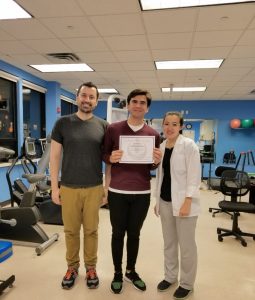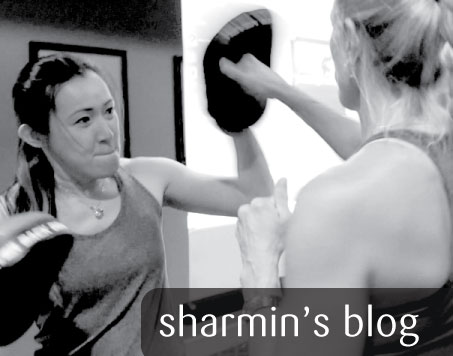Whether you’re young, elderly, tall, short, male, or female, life will bring forth many challenges. For one individual, the trial may include hearing impairment, but for someone else, it’s severe anxiety. Today, I want to explore one particular concern that impacts millions of Americans: Dupuytren’s Contracture.
What is Dupuytren’s Contracture?
Underneath the skin of your palm, the condition will cause the connective tissue to thicken over time. Because of this thickening effect, it leads to a restriction of movement in the area. Additionally, as the connective tissue thickens, the hand begins to deform in a way where the fingers gradually curl inward to the palm.
More specifically, this curling disfiguration will include the ring finger (digitus medicinalis) and pinky finger (digitus minimus manus). As you can imagine, minor or severe disfigurations will make the following tasks seem nearly impossible: gripping a cup and washing your face.
Because the effects of this contracture will occur in stages, you may not notice flexibility issues right away. At the onset instead, you’ll first notice the skin on the palm thickening slowly. From here, the skin on your palm will contract into folds.
Although you’re not likely to feel any throbbing pain at this stage, the area will experience sensitivity to touch. Eventually, the manifestation of the contracture will become visible by way of your fingers pulling inward to the palm. While we may not completely understand the cause of Dupuytren’s Contracture, certain factors can increase one’s risk.
Risk factors of Dupuytren’s Contracture
- Development is greater in men, and severe cases are also higher for men.
- The risk is higher for people of Northern European decent.
- Genetically, it often runs in the family.
- There’s an increased risk for smokers and people who consume alcohol.
- Dupuytren’s Contracture commonly afflicts people above the age of 50.
Common Hindrances
- Taking a bath or shower
- Putting on gloves
- Opening and closing jars
- Positioning hand in a flat state
- Gardening
- Carrying bags
- Prepping food with a knife and general cooking tasks
- Opening one’s door with a key
- Putting on a seatbelt
- Holding the hands of a loved one
- Holding and throwing a ball
- Holding a hairbrush
If you read through this list of hindrances carefully, it becomes clear that life is incredibly arduous with the affliction of Dupuytren’s Contracture. Additionally, it also becomes clear that this list of hindrances is merely a small sample.
Therefore, as your fingers become more difficult to straighten, and as the condition worsens, interruptions in one’s normal daily routine becomes common. In fact, this list should convey the following lesson: our hands and fingers are more important than we realize.
Keep in mind though, the effects of Dupuytren’s Contracture will differ for each person. Some people will only experience minor effects such as folds within the palm, but on the other end of this scale, some people will face severe finger disfigurations.
In terms of diagnosis, a doctor can determine results by the look and feel of your hands. In addition, your doctor will ask about your symptoms, and this will also lead to inquiries around your family’s medical history with Dupuytren’s Contracture.
Through the table top test, the idea is to place your hand on a surface to see if you can position it flat. If you cannot place your hand, palm down, on a surface, this is a likely indication of Dupuytren’s Contracture.
So, what about treatment? For minor cases, there are nonsurgical approaches such as anti-inflammatory steroid injections and low energy radiation therapy.
Through the injections, your doctor can potentially slow down the progression of contracture, but it’s important to recognize that the results will vary from patient to patient. For severe cases, there are two common surgical recommendations: subtotal palmar fasciectomy and fasciotomy.
At the moment that occupational therapy becomes part of the equation, the objective of treatment involves the reduction of symptoms. If we go back to the list of hindrances above, and with you experiencing as minimal pain as possible, my aim is to help you perform regular daily activities safely.
Because each patient will experience the effects of Dupuytren’s Contracture differently, my goal is to offer a customized therapy treatment to develop free range of motion. In addition to this treatment, I’ll provide effective ways to accomplish daily activities safely such as taking a bath or shower, working, prepping meals, etc.
Regardless of our place in life, we’ll all face different degrees of challenges. With Dupuytren’s Contracture, I’m here to offer my services to mitigate this particular challenge.
I can only imagine how frustrating this experience may feel, but it’s crucial for you to know that help is available. Therefore, once you become a candidate for occupational therapy, know that my doors are wide open for you.
At Occupational Therapy Concept, You’re Family. For a Free consultation, give me a call at (718) 285-0884 for further evaluation, and let me help with your Dupuytren’s Contracture.



